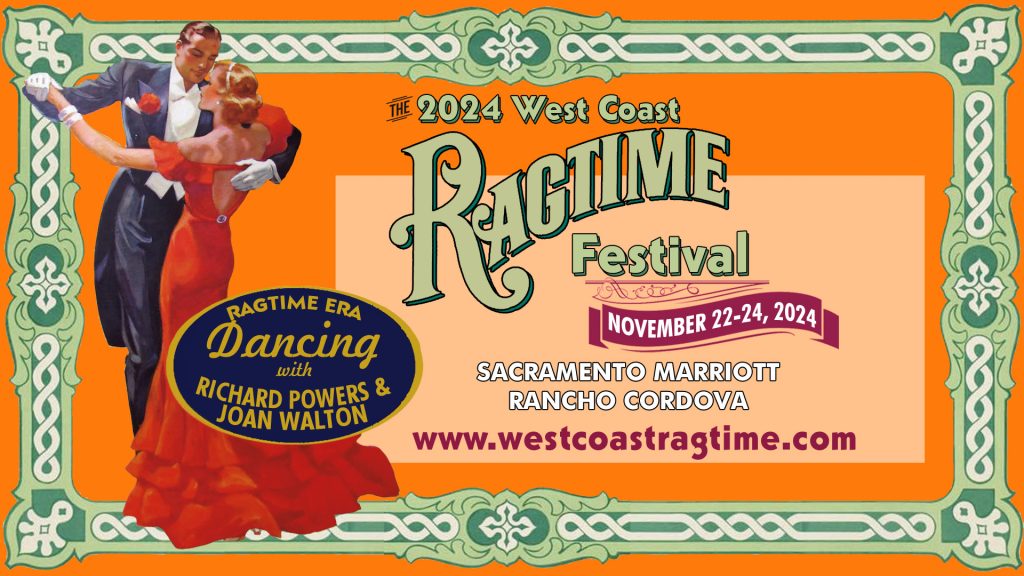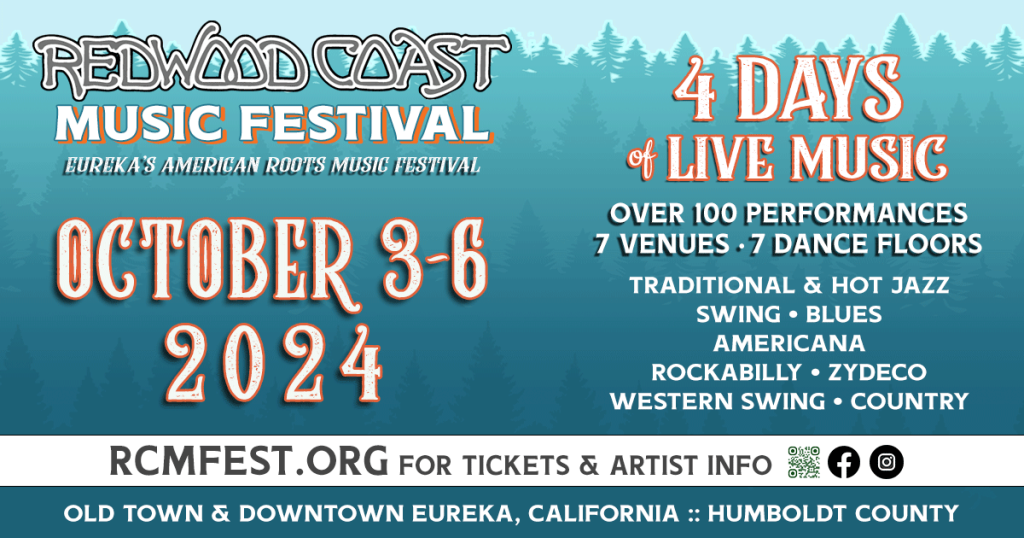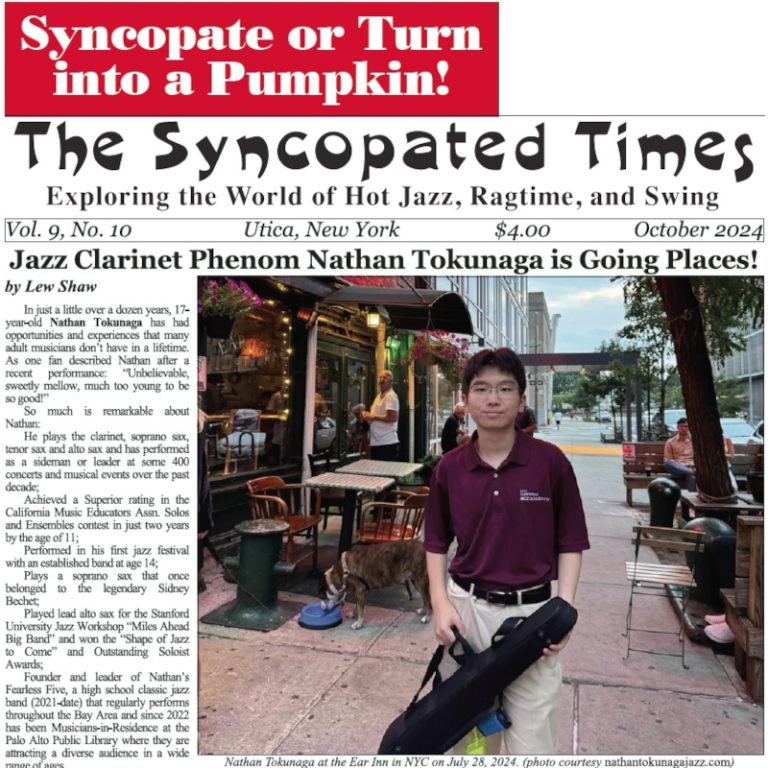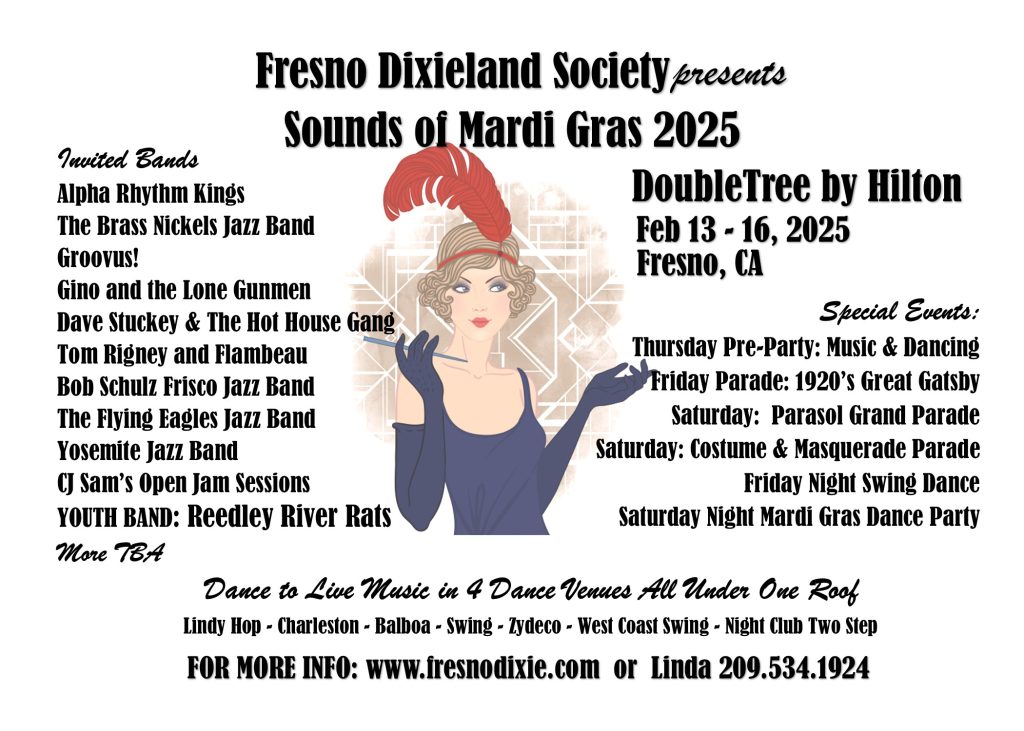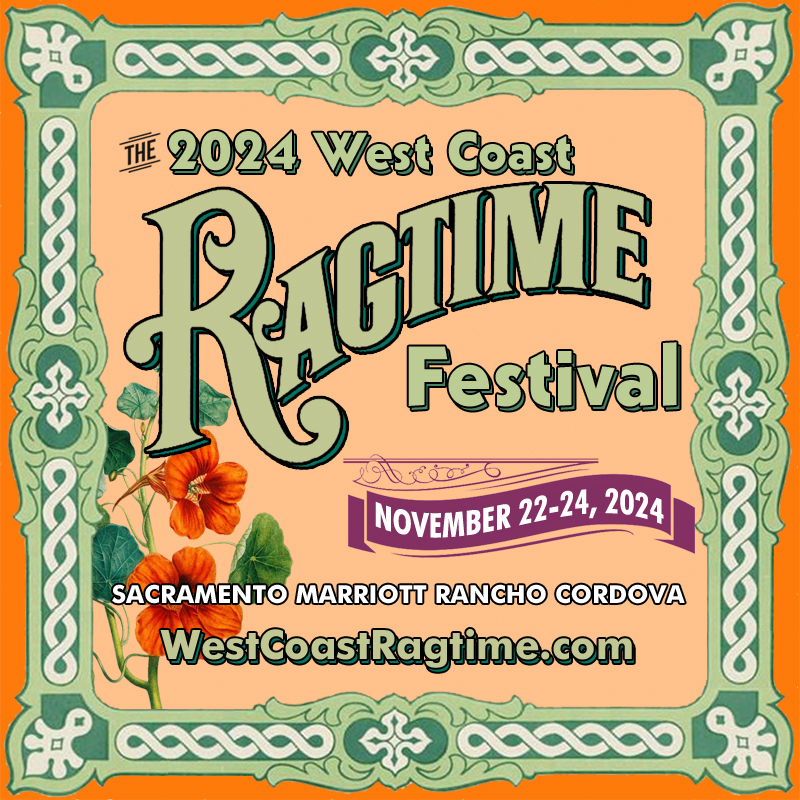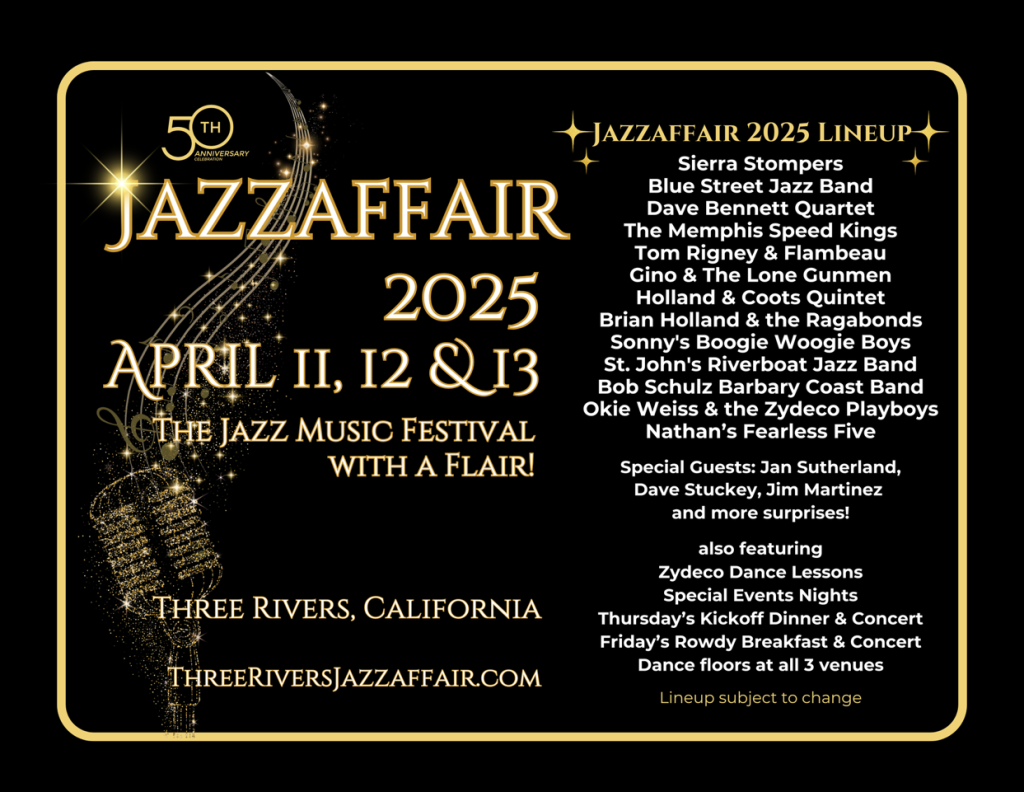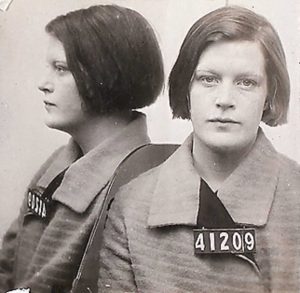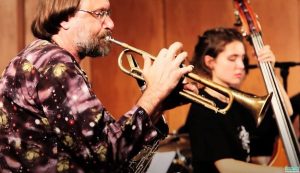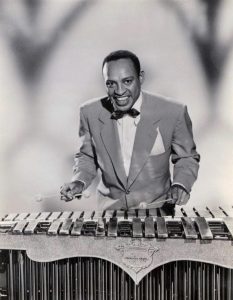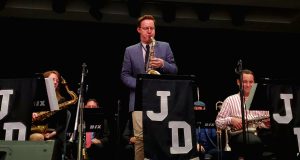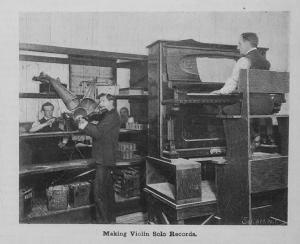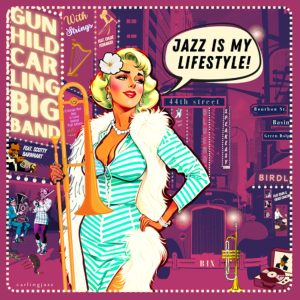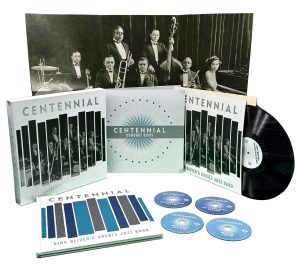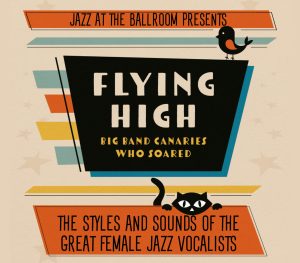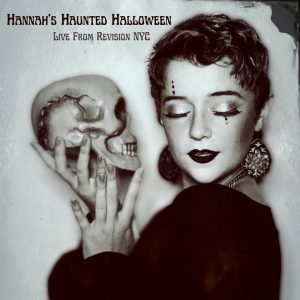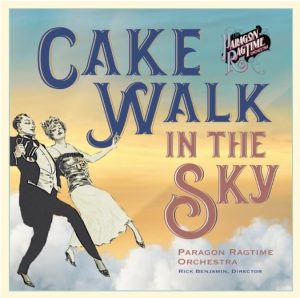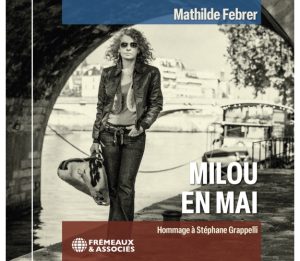In the history of jazz, people who do not play instruments do as much, in different ways, to sustain the art without getting equal credit. Think of Milt Gabler, George Avakian, Henry Sklow, Norman Granz, George Wein, Whitney Balliett, Nat Hentoff, and other catalysts. Then there are broadcasters. “Broadcasting” meant something even before radio and television: spreading something widely, effectively: a newsboy shouting the headlines or a farmer distributing seed over a field. Jazz radio broadcasters—in previous decades Martin Block, Art Ford, Fred Robbins, Sid Torin; in our time Ed Beach, John S. Wilson, Phil Schaap, Dan Morgenstern, Alisa Clancy, Linda Yohn and many others – do more than play records. They become our friends, teachers, and benefactors. We look forward to their voices, personalities, and insights. Before there was streaming radio, we arranged our schedules around them; we tape-recorded their programs, which became sweet swinging libraries, introducing us to new artists or rare records.
Rich Conaty, who died of cancer on December 30, 2016, gave his energy and ultimately his life in the reverent and delighted service of the music he loved: the pop and jazz of the teens, Twenties, and Thirties, roughly 1911-1939. For forty-four years, he shared that m
You've read three articles this month! That makes you one of a rare breed, the true jazz fan!
The Syncopated Times is a monthly publication covering traditional jazz, ragtime and swing. We have the best historic content anywhere, and are the only American publication covering artists and bands currently playing Hot Jazz, Vintage Swing, or Ragtime. Our writers are legends themselves, paid to bring you the best coverage possible. Advertising will never be enough to keep these stories coming, we need your SUBSCRIPTION. Get unlimited access for $30 a year or $50 for two.
Not ready to pay for jazz yet? Register a Free Account for two weeks of unlimited access without nags or pop ups.
Already Registered? Log In
If you shouldn't be seeing this because you already logged in try refreshing the page.

